ADHD in Children: Myths, Facts and Management
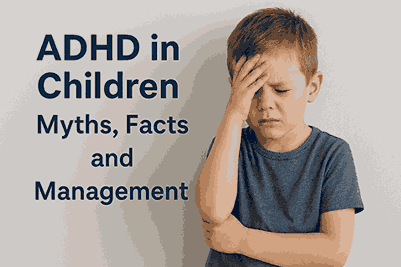
Abstract
Background: Attention Deficit Hyperactivity Disorder (ADHD) is one of the most common neurodevelopmental disorders in children, with worldwide prevalence estimates between 5–7%. Despite extensive research, myths and misconceptions about ADHD continue to exist, particularly in developing countries, which lead to delays in diagnosis and poor outcomes.
Objective: To review the myths, highlight evidence-based facts, and discuss current management strategies of ADHD in children, with a special focus on clinical implications for pediatric practice.
Study Type: Narrative Review Article.
Settings & Duration: Literature reviewed from international and regional databases between January 2015 and March 2025.
Methodology: Relevant literature was retrieved from PubMed, Scopus, and PakMediNet using the keywords “ADHD,” “children,” “myths,” “facts,” and “management.” Priority was given to articles published within the last 10 years, systematic reviews, and clinical guidelines. Selected studies were analyzed and synthesized into key themes.
Results: The review revealed that myths such as ADHD being a result of poor parenting, excessive screen use, or simple misbehavior remain common. Evidence supports ADHD as a neurodevelopmental disorder with strong genetic and neurobiological bases. Multimodal management, including behavioral therapy, pharmacological treatment, educational interventions, and family support, is most effective.
Conclusion: Dispelling myths and strengthening awareness about ADHD are essential for timely diagnosis and effective management. A multidisciplinary and collaborative approach involving healthcare professionals, parents, and educators can significantly improve the prognosis of affected children.
Keywords: Attention Deficit Hyperactivity Disorder, ADHD, children, myths, facts, management, behavioral therapy
Introduction
Attention Deficit Hyperactivity Disorder (ADHD) is a chronic neurodevelopmental condition characterized by patterns of inattention, hyperactivity, and impulsivity that interfere with a child’s academic performance, social relationships, and daily functioning. The global prevalence of ADHD in school-aged children is estimated at 5–7%, making it one of the most commonly diagnosed childhood psychiatric disorders [1,2]. Despite this high prevalence, myths and misconceptions continue to surround ADHD, particularly in South Asian contexts, where cultural beliefs and stigma can lead to delayed diagnosis and treatment.
ADHD was first described in the early 20th century, yet the disorder continues to face skepticism. Some parents, teachers, and even healthcare providers perceive it as “naughtiness” or “lack of discipline” rather than a clinically defined disorder [3]. This misconception is problematic, as untreated ADHD is associated with academic underachievement, behavioral difficulties, low self-esteem, and increased risk of comorbid psychiatric conditions such as anxiety and depression [4].
In recent years, advances in neuroscience and genetics have clarified ADHD’s biological underpinnings. Neuroimaging studies reveal structural and functional brain differences in children with ADHD, particularly in the prefrontal cortex and basal ganglia [5]. Family studies further demonstrate that ADHD has a strong heritable component, with genetic factors contributing up to 70–80% of the risk [6].
The persistence of myths, however, prevents many children from receiving timely diagnosis and appropriate management. In low- and middle-income countries like Pakistan, where awareness is limited, ADHD is often misdiagnosed or neglected, worsening outcomes for affected children [7].
This narrative review discusses common myths about ADHD, highlights evidence-based facts, and provides an overview of current management approaches, with the aim of guiding pediatricians, educators, and parents toward better understanding and care of children with ADHD.
Common Myths About ADHD
Myth 1: “ADHD is not a real disorder”
One of the most prevalent myths is that ADHD is not a legitimate medical condition but simply a behavioral issue. However, ADHD is recognized by both the DSM-5 and ICD-11 as a well-defined neurodevelopmental disorder [8]. Brain imaging has consistently shown differences in brain volume and connectivity among children with ADHD compared to typically developing peers [9].
Myth 2: “ADHD results from poor parenting”
Parents are often blamed for their child’s hyperactivity or inattentiveness. While parenting styles influence behavior, ADHD is not caused by bad parenting. Studies confirm that ADHD symptoms arise from neurological and genetic factors [10].
Myth 3: “Children with ADHD will outgrow it”
Although hyperactivity may lessen with age, research shows that up to 60% of children with ADHD continue to have symptoms into adulthood [11]. Early intervention is critical to minimize long-term impairment.
Myth 4: “ADHD is caused by too much sugar or screen time”
Excessive screen use and high sugar diets may exacerbate symptoms, but they are not primary causes of ADHD. The core disorder originates from differences in brain development and neurotransmitter regulation [12].
Myth 5: “Medication is the only solution”
While medication is highly effective in reducing core symptoms, it is not the sole approach. Behavioral therapy, parental support, and school-based interventions play equally important roles in comprehensive management [13].
Evidence-Based Facts About ADHD
Genetic Basis: ADHD has one of the highest heritability rates among psychiatric disorders, with multiple genes implicated [14].
Brain Differences: Neuroimaging studies consistently demonstrate reduced activity in regions regulating attention and impulse control [15].
Impact Beyond Academics: ADHD affects emotional regulation, social relationships, and risk-taking behavior [16].
Gender Differences: Boys are diagnosed more frequently, but girls are often underdiagnosed due to predominantly inattentive symptoms [17].
Management of ADHD
Effective ADHD management requires a multimodal approach tailored to the child’s needs.
1. Early Diagnosis
Early recognition improves long-term outcomes. Screening tools such as the Conners’ Rating Scale and Vanderbilt Assessment Scales are widely used [18].
2. Behavioral Therapy
Behavioral interventions are first-line treatments for preschool children. Parent training programs improve structure, consistency, and positive reinforcement at home [19].
3. Pharmacological Treatment
Stimulants such as methylphenidate and amphetamines remain the gold standard for older children and adolescents, while non-stimulants (atomoxetine, guanfacine) are effective alternatives [20].
4. Educational Interventions
Children benefit from classroom modifications, such as reduced distractions, shorter assignments, and individualized learning plans [21].
5. Psychosocial Support
Counseling, support groups, and awareness campaigns reduce stigma and promote better integration into schools and communities [22].
Discussion
The persistence of myths surrounding ADHD reflects a gap between scientific knowledge and public perception. In Pakistan and similar countries, cultural stigma and lack of awareness prevent parents from seeking timely medical evaluation. Many children are labeled as “lazy” or “naughty,” which further damages their self-esteem.
A multidisciplinary approach is crucial. Pediatricians, psychologists, psychiatrists, teachers, and parents must work together to create individualized treatment plans. Importantly, awareness campaigns are needed to counter myths and normalize ADHD as a medical condition.
From a public health perspective, integrating ADHD screening into primary care and school health programs could significantly improve early detection rates. In addition, training pediatricians in behavioral management and parent counseling can strengthen local capacity to manage ADHD without over-reliance on specialists.
Conclusion
ADHD in children is a real, biologically based disorder with significant implications for academic, emotional, and social development. Myths surrounding ADHD delay recognition and appropriate treatment, particularly in developing countries. Evidence supports a multimodal management strategy that combines behavioral therapy, pharmacological treatment, educational support, and psychosocial interventions. By dispelling myths and fostering collaboration among healthcare providers, parents, and educators, children with ADHD can achieve better long-term outcomes.
References (Vancouver Style)
Polanczyk GV, et al. The worldwide prevalence of ADHD: a systematic review and metaregression analysis. Am J Psychiatry. 2007;164(6):942–8.
Thomas R, et al. Prevalence of ADHD: a systematic review and meta-analysis. Pediatrics. 2015;135(4):e994–1001.
Hinshaw SP, Scheffler RM. ADHD in the Twenty-First Century. New York: Oxford University Press; 2014.
Biederman J, et al. Adult outcome of ADHD: A controlled 16-year follow-up study. Psychol Med. 2006;36(2):167–79.
Castellanos FX, et al. Brain imaging and ADHD. Curr Psychiatry Rep. 2002;4(2):123–8.
Faraone SV, Larsson H. Genetics of attention deficit hyperactivity disorder. Mol Psychiatry. 2019;24(4):562–75.
Syed EU, Hussein SA. Screening for emotional and behavioural problems in school children in Karachi. Soc Psychiatry Psychiatr Epidemiol. 2009;44(9):745–51.
American Psychiatric Association. DSM-5. Washington, DC: APA; 2013.
Cortese S. The neurobiology of ADHD. Eur J Paediatr Neurol. 2012;16(5):422–33.
Barkley RA. Attention-Deficit Hyperactivity Disorder: A Handbook for Diagnosis and Treatment. 4th ed. New York: Guilford Press; 2014.
Biederman J. Attention-deficit/hyperactivity disorder: a selective overview. Biol Psychiatry. 2005;57(11):1215–20.
Nigg JT. Attention-deficit/hyperactivity disorder and adverse health outcomes. Clin Psychol Rev. 2013;33(2):215–28.
Jensen PS, et al. Findings from the NIMH Multimodal Treatment Study of ADHD. J Dev Behav Pediatr. 2001;22(1):60–73.
Brikell I, et al. Genetic contributions to ADHD and its relationship with psychiatric and somatic conditions. Nat Commun. 2018;9(1):570.
Shaw P, et al. Development of cortical surface area and thickness in ADHD. Biol Psychiatry. 2012;72(3):191–7.
Gershon J. A meta-analytic review of gender differences in ADHD. J Atten Disord. 2002;5(3):143–54.
Fabiano GA, et al. Behavioral treatments for ADHD in children. J Clin Child Adolesc Psychol. 2009;38(3):448–72.
DuPaul GJ, Stoner G. ADHD in the Schools: Assessment and Intervention Strategies. New York: Guilford Press; 2014.
Greenhill LL, et al. Stimulant medications. J Am Acad Child Adolesc Psychiatry. 2002;41(1):26–49.
Hinshaw SP. Stigma and ADHD: converging evidence from clinical and social science. J Atten Disord. 2005;9(1):7–9.
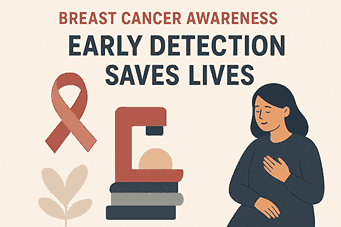
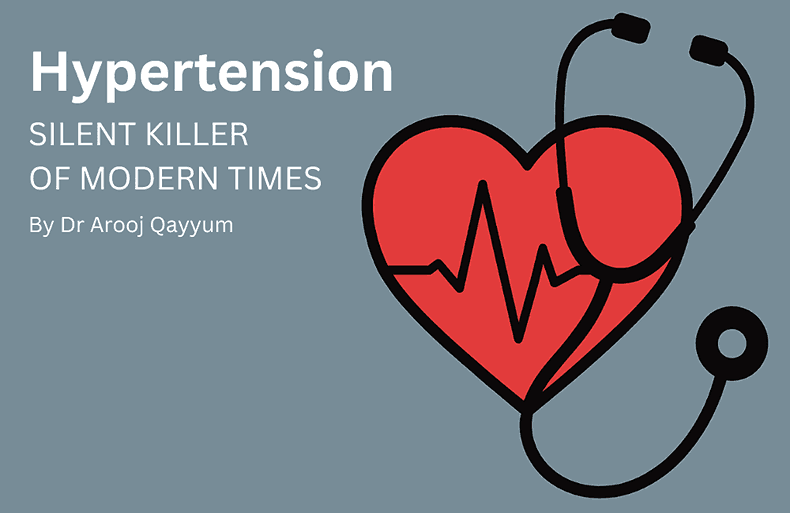
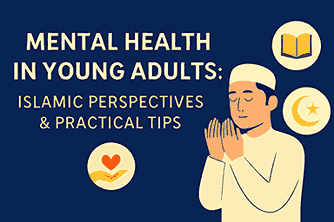
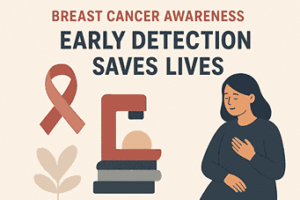
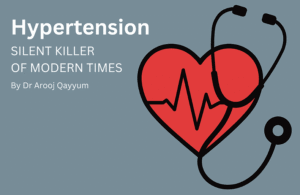
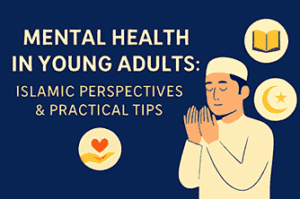
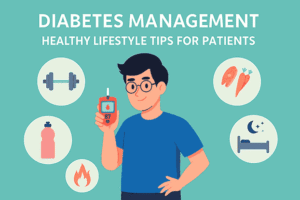
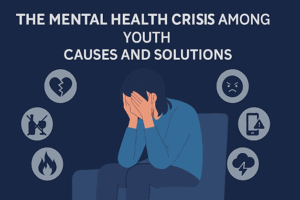
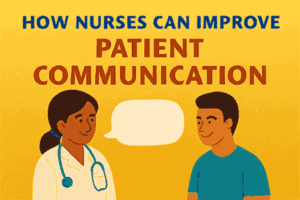
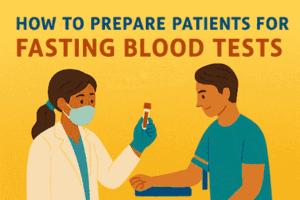
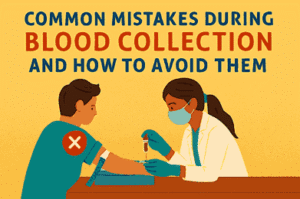
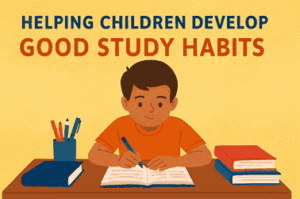
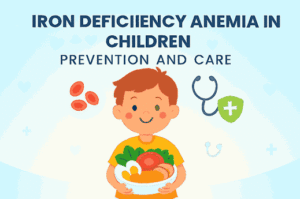
1 comment